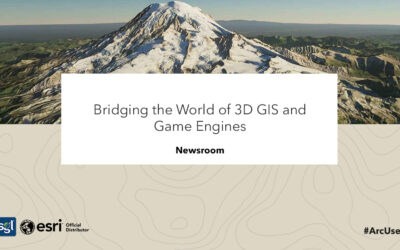Although the coronavirus disease 2019 (COVID-19) pandemic, by definition, was a global event, like all disasters, it was experienced locally by millions of individuals who lost their loved ones, their incomes, and their sense of normalcy.
As the COVID-19 outbreak grew to an epidemic and fears of its metamorphosing into a pandemic began to be considered seriously, Johns Hopkins University (JHU) launched its COVID-19 dashboard. A team led by Lauren Gardner, an epidemiologist and codirector of the Center for Systems Science and Engineering at JHU, created the dashboard using Esri technology. It immediately went viral, with the number of visitors skyrocketing as it became the global reference for the pandemic, while Esri continued providing support to JHU.
Early in the COVID-19 outbreak, Johns Hopkins University launched its COVID-19 dashboard which immediately went viral, with the number of visitors skyrocketing as it became the global reference for the pandemic.

